
To say that Machu Picchu was “discovered” on July 24, 1911, is to forget that ruins cannot truly be found for the first time, since someone had to build them first. Still, when Yale historian Hiram Bingham ascended to the ancient site on that day—led by a local farmer, Melchor Arteaga, and a young boy named Pablito—many reacted as if Machu Picchu had suddenly appeared out of thin air.
The ruins Bingham saw that day—and he saw only a fraction of them, as so many were obscured by centuries of lush overgrowth—had been there since the 15th century, when the Incas built a city for purposes still debated today. Many believe it was a royal retreat for the emperor Pachacuti and his entourage, while others maintain it was a temple honoring the divine landscape on which it sits.
Whatever Machu Picchu’s origins, Bingham’s announcement of its existence to the world brought with it mixed outcomes: On the one hand, fascinating history and breathtaking scenery for generations to discover. On the other, that very attention—to the tune of more than 1 million visitors a year—has posed to a grave danger its existence.
When LIFE’s Frank Scherschel trained his lens on Machu Picchu and the surrounding areas in 1945, the erosion and degradation that tourism has brought to the site were still decades away. The photographs he made are quiet and majestic, devoid of people and imbued with a sense of awe at the remains of a once magnificent city.
Liz Ronk, who edited this gallery, is the Photo Editor for LIFE.com. Follow her on Twitter @lizabethronk.
Read next: What Hiram Bingham Got Wrong About Machu Picchu
Listen to the most important stories of the day
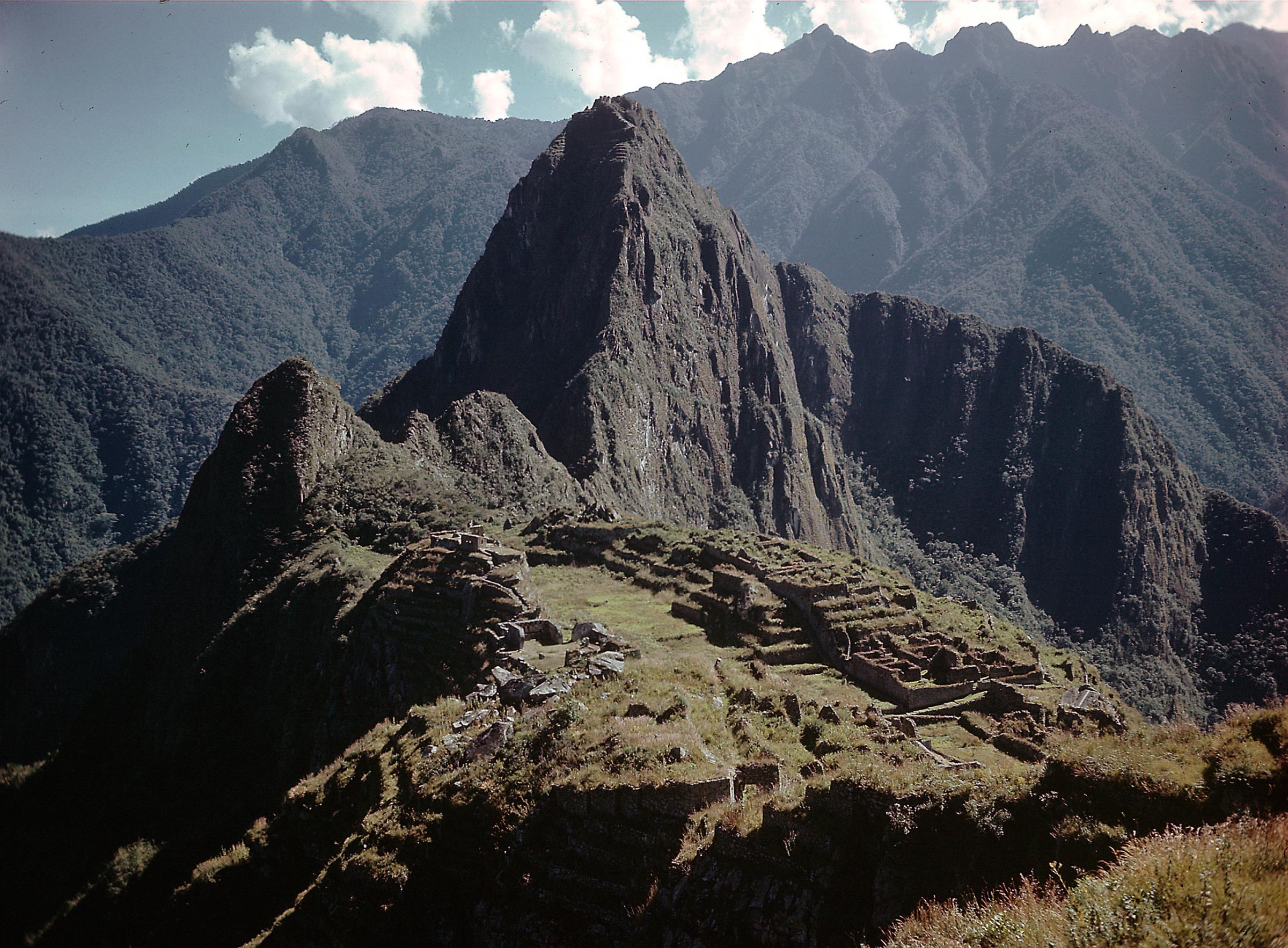
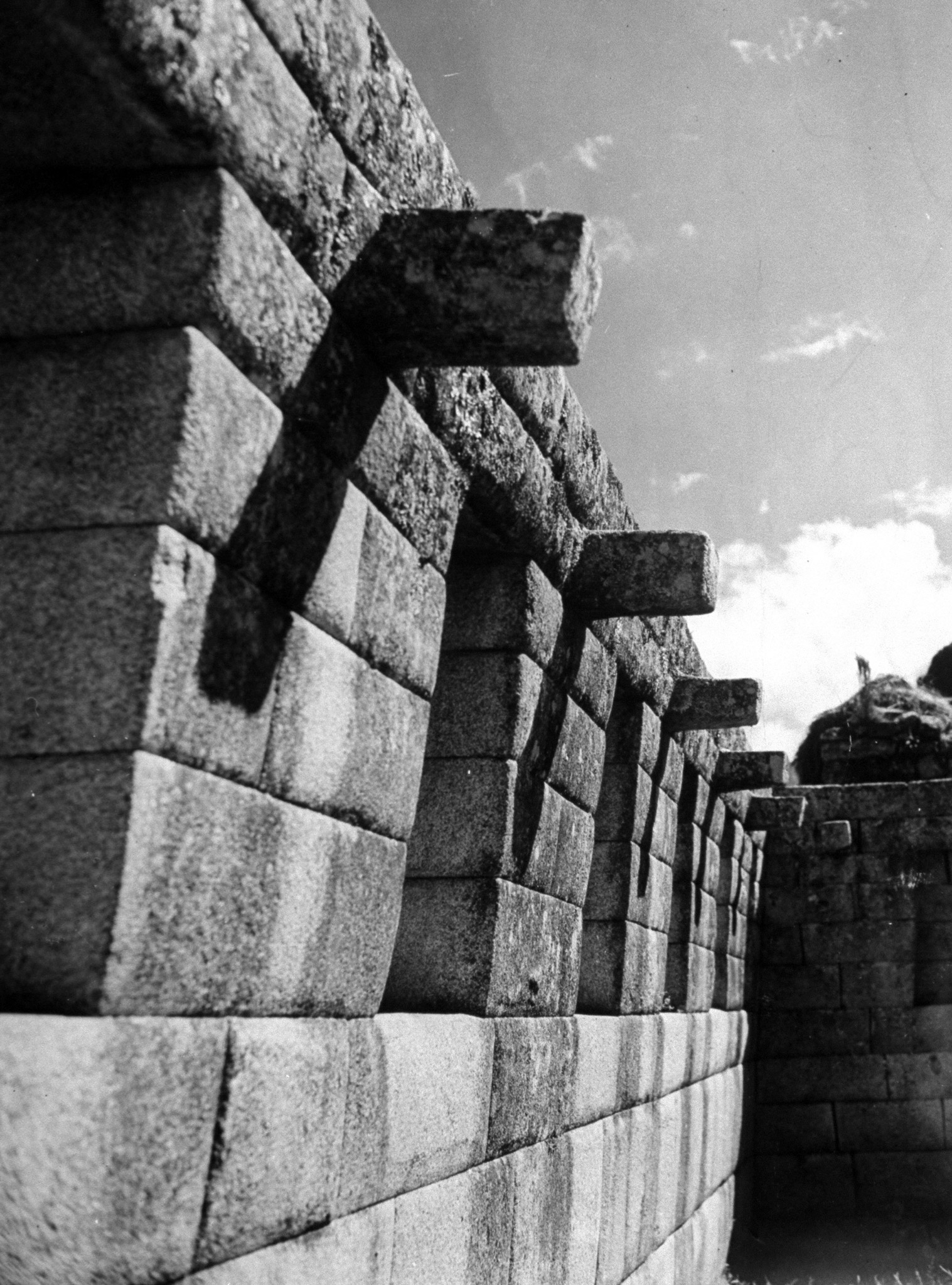


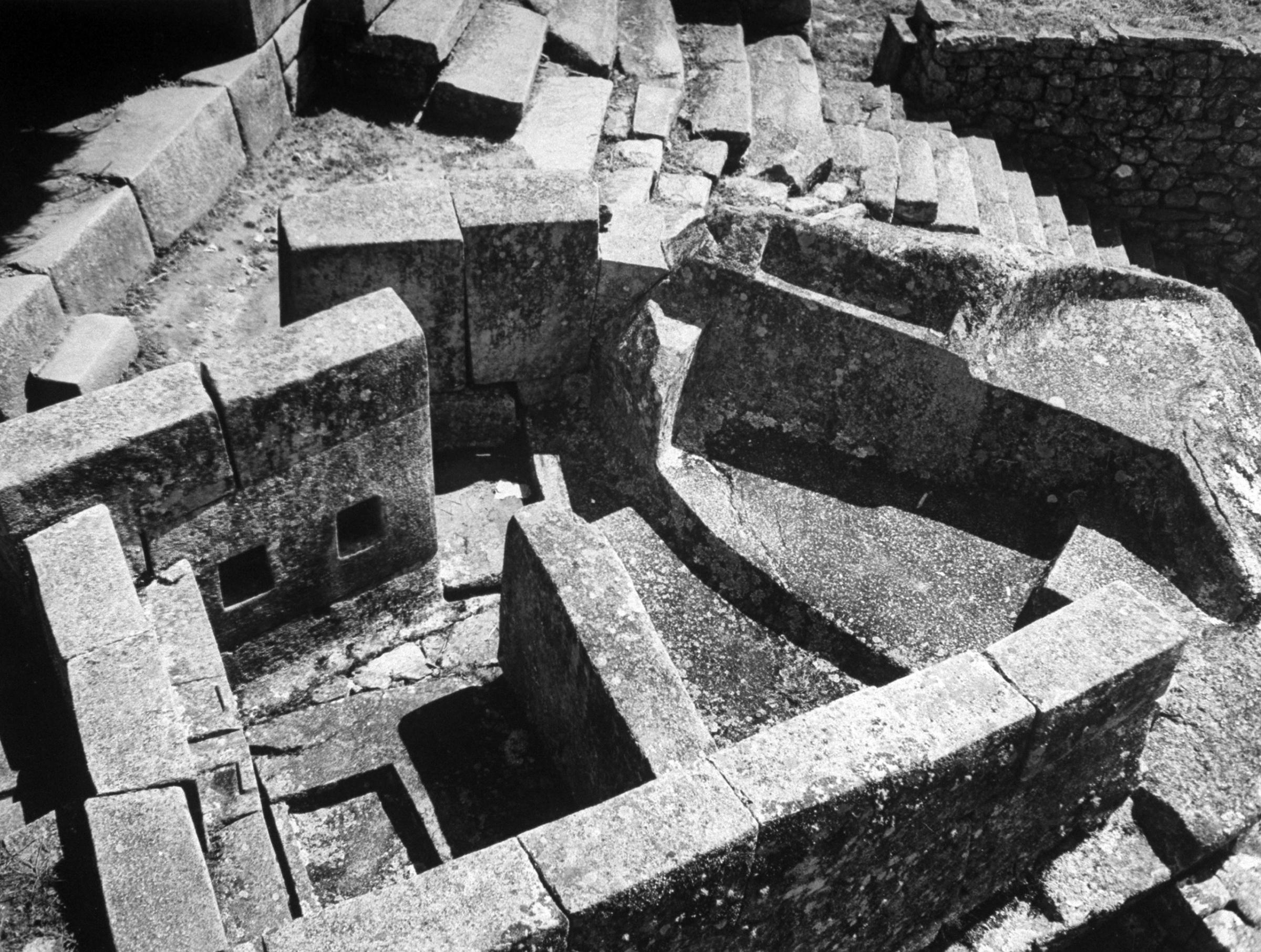

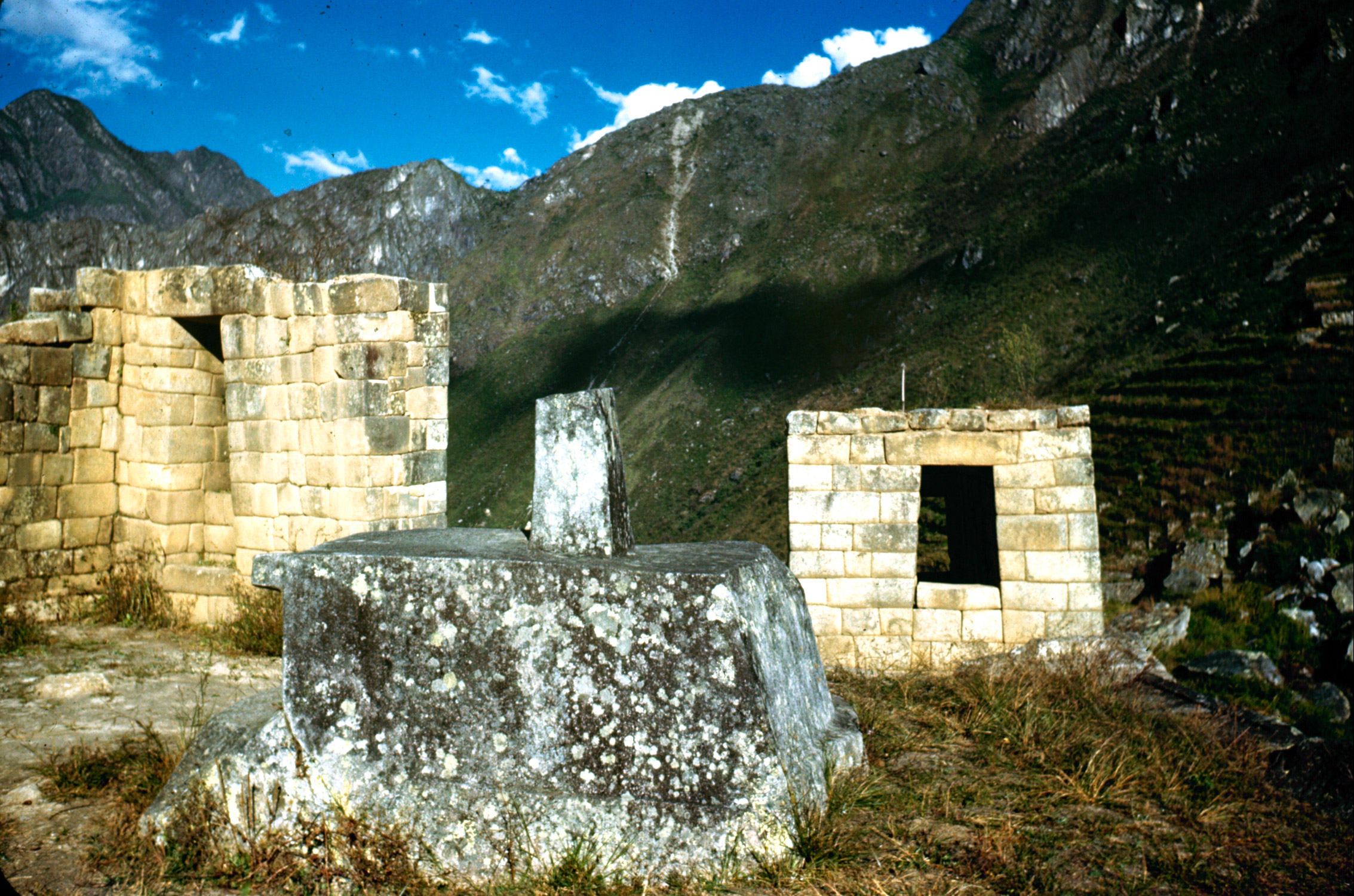
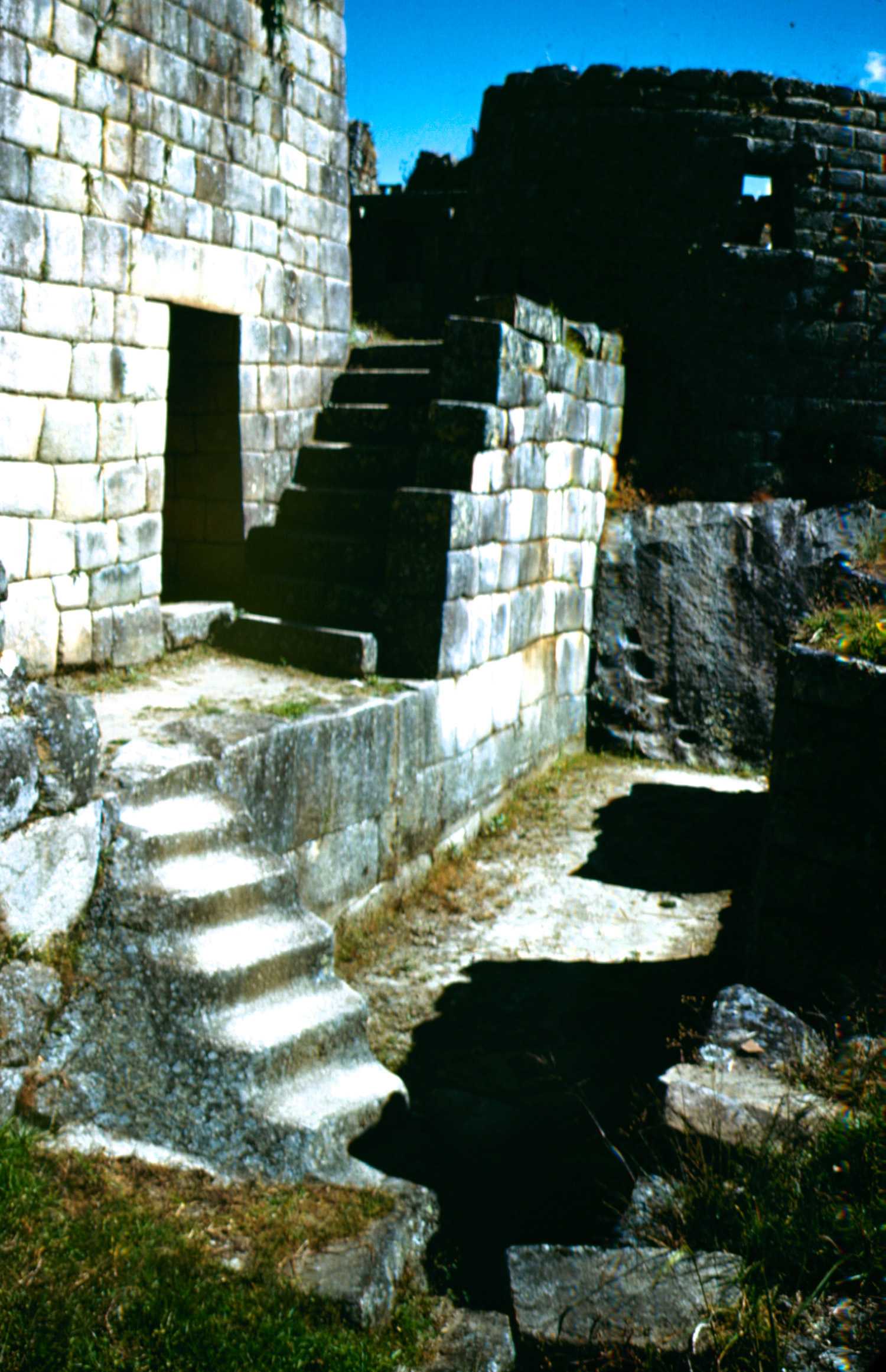
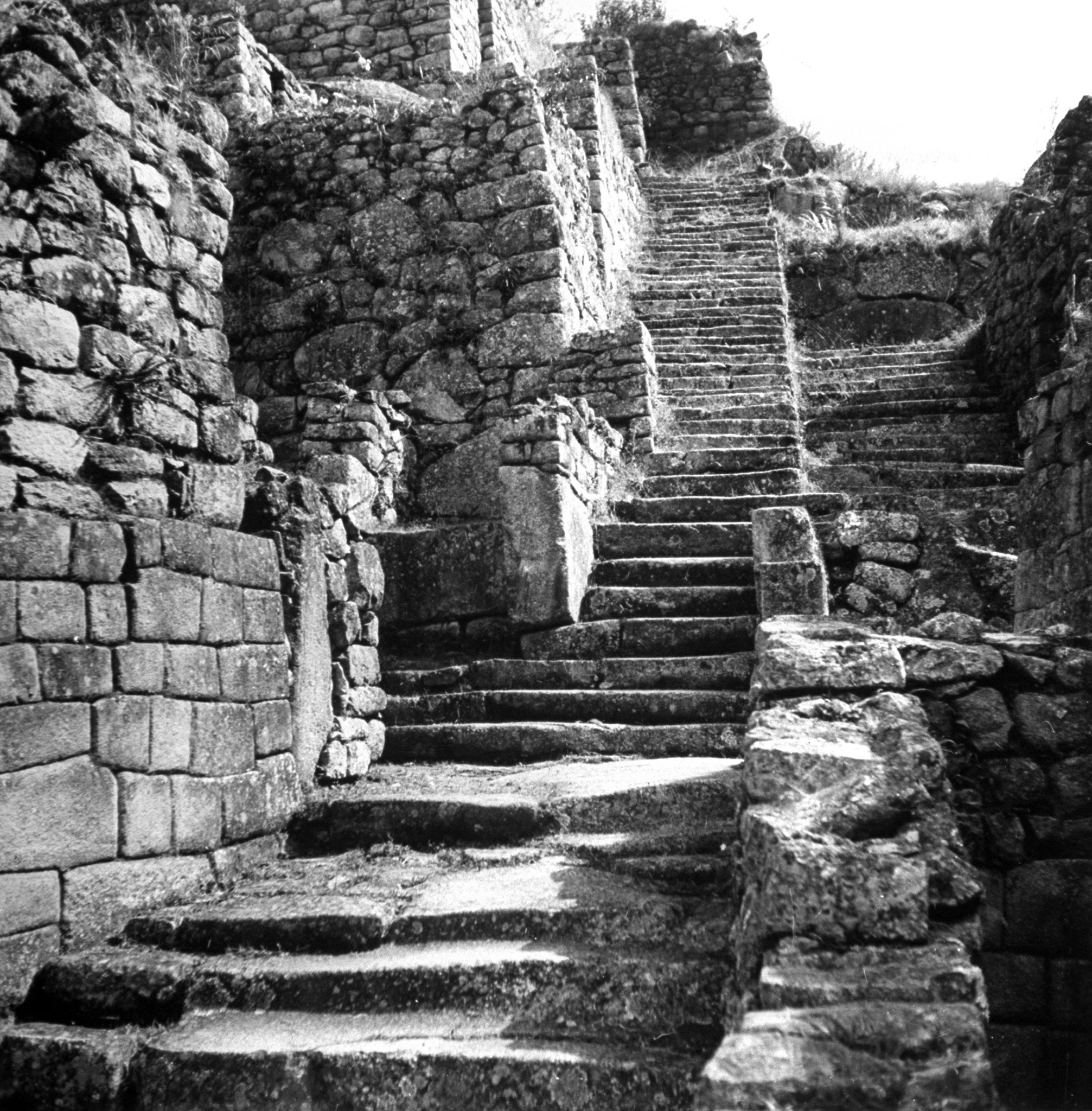
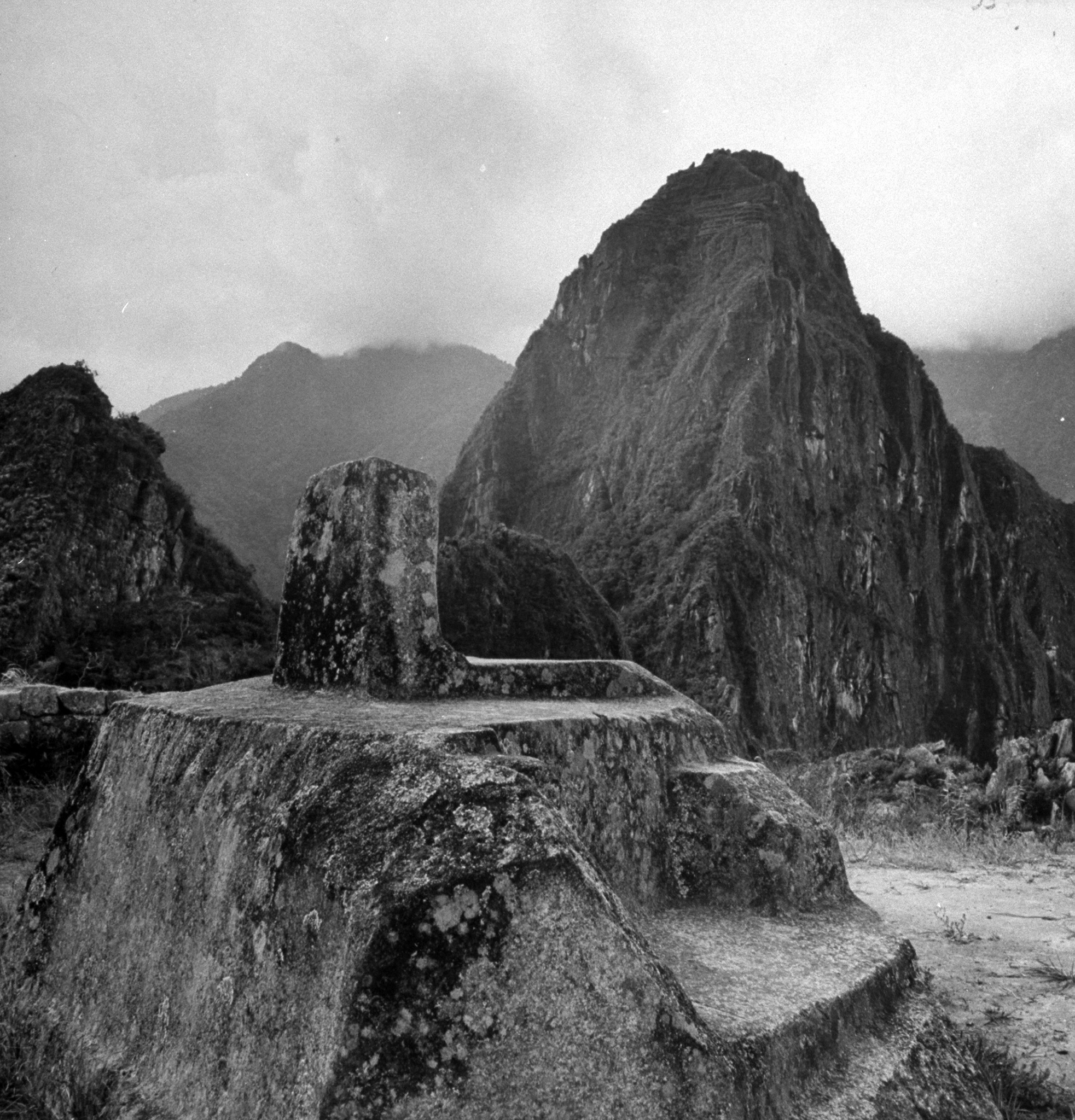
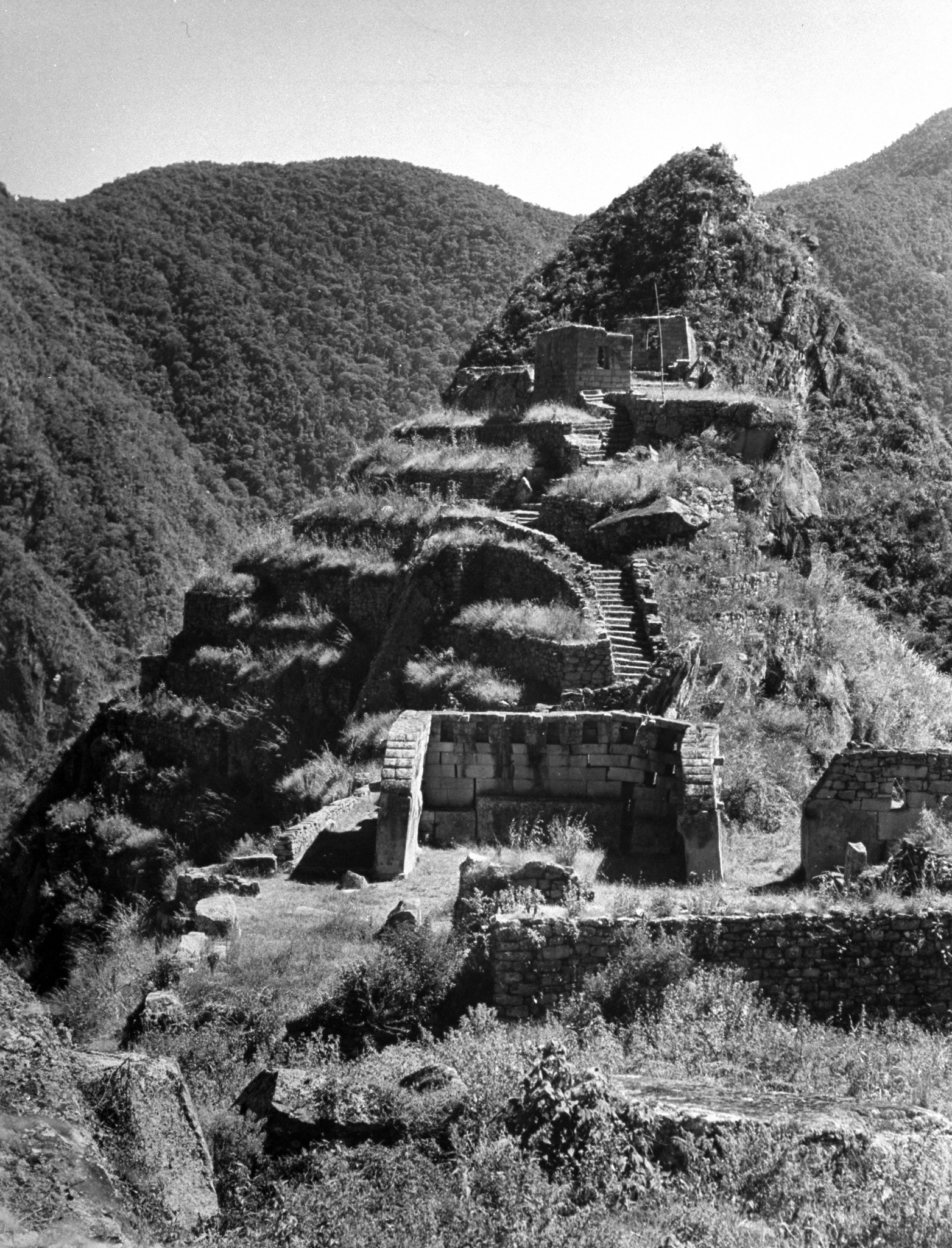

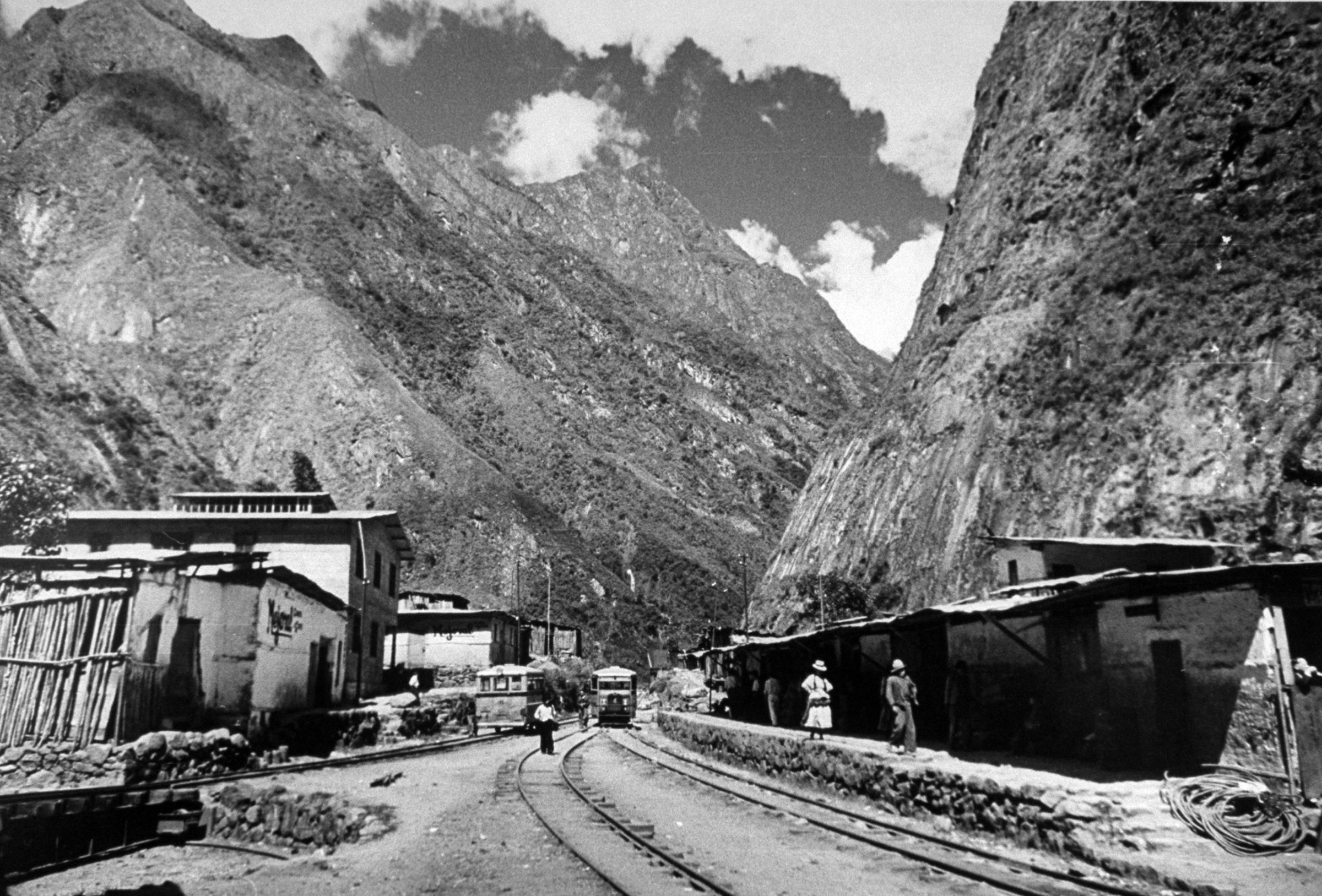
More Must-Reads From TIME
- The 100 Most Influential People of 2024
- How Far Trump Would Go
- Scenes From Pro-Palestinian Encampments Across U.S. Universities
- Saving Seconds Is Better Than Hours
- Why Your Breakfast Should Start with a Vegetable
- 6 Compliments That Land Every Time
- Welcome to the Golden Age of Ryan Gosling
- Want Weekly Recs on What to Watch, Read, and More? Sign Up for Worth Your Time
Write to Eliza Berman at eliza.berman@time.com